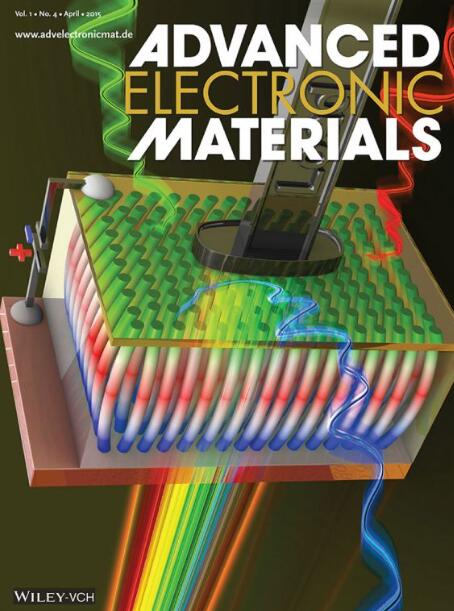Enhanced Percolation Effect in Sub-100 Nm Nanograting Structure for High-Performance Bending Insensitive Flexible Pressure Sensor
IF 5.3
2区 材料科学
Q2 MATERIALS SCIENCE, MULTIDISCIPLINARY
引用次数: 0
Abstract
Flexible pressure sensors have emerged as indispensable components in advancing wearable electronics, healthcare systems, and next-generation human-machine interfaces. To enable these applications, significant progress has been made in improving the sensitivity of flexible pressure sensors. However, achieving bending insensitivity—crucial for reliable pressure detection under dynamic and curved conditions—remains a critical challenge. In this study, a high-performance flexible capacitive pressure sensor is presented that successfully integrates bending insensitivity with enhanced pressure sensitivity. By leveraging the percolation effect within a sub-100 nm nanograting structure, the design of the pressure sensor is optimized through numerical analysis and finite element method (FEM) simulations. Fabricated using a nanoscale wet-chemical digital etching process and nanoimprint lithography, the sensor features a sub-100 nm valley nanograting structure. It exhibits an exceptional sensitivity of 0.05 kPa⁻¹, achieving capacitance changes 4.2 times greater than those of flat substrate designs. Furthermore, the sub-100 nm nanostructured pressure sensor effectively reduces bending strain to 0.175 times that of flat substrates, ensuring stable performance even at a 2.5 mm radius of curvature. This highly reliable flexible pressure sensor array enables real-time pressure mapping and human artery pulse monitoring, making it highly suitable for tactile and wearable sensing applications.

求助全文
约1分钟内获得全文
求助全文
来源期刊

Advanced Electronic Materials
NANOSCIENCE & NANOTECHNOLOGYMATERIALS SCIE-MATERIALS SCIENCE, MULTIDISCIPLINARY
CiteScore
11.00
自引率
3.20%
发文量
433
期刊介绍:
Advanced Electronic Materials is an interdisciplinary forum for peer-reviewed, high-quality, high-impact research in the fields of materials science, physics, and engineering of electronic and magnetic materials. It includes research on physics and physical properties of electronic and magnetic materials, spintronics, electronics, device physics and engineering, micro- and nano-electromechanical systems, and organic electronics, in addition to fundamental research.
 求助内容:
求助内容: 应助结果提醒方式:
应助结果提醒方式:


